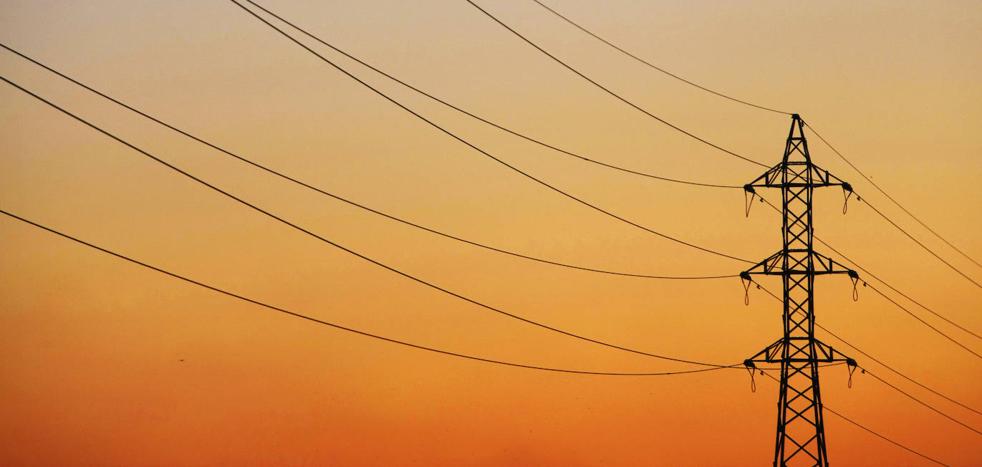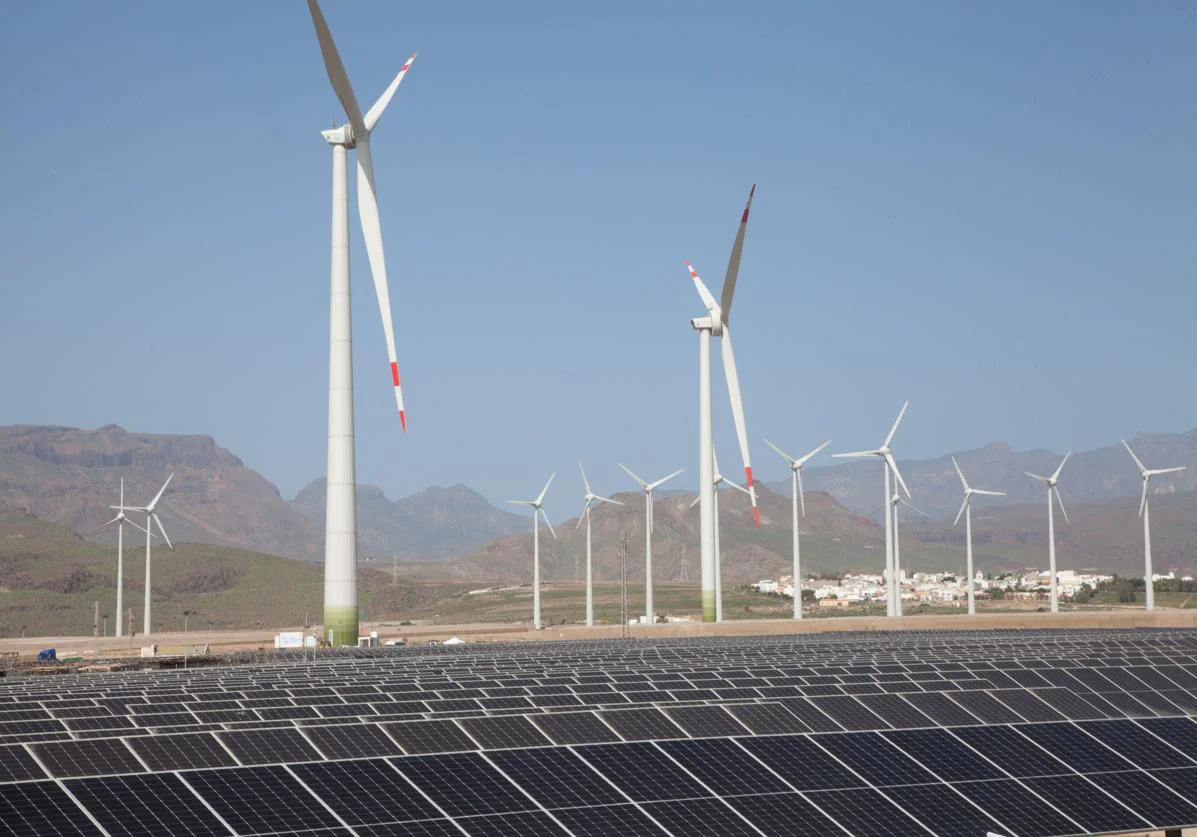The volatility of energy prices widens the inflation gap among Europeans

High voltage power lines in Madrid. /
The lack of a single electricity market and uneven GDP growth triggers the differences between Spain and its partners
The situation has completely changed. Until the summer, inflation in Spain was one of the highest in Europe, with an upward trend that began with the outbreak of the war and peaked in July at a rate of 10.8%. From that moment on, prices began to experience a more moderate rise compared to the records of a year ago and the rate for October was 7.3%.
Nothing to do with what has happened in surrounding countries. Average inflation in the eurozone began the year at 5.1%, one point below that of Spain, but has been experiencing a progressive rise month after month until it hit its all-time high of 10.7% in October. Countries such as the Netherlands (16.8%), Belgium (13.1%) and Italy (12.8%) are at the forefront with rates double that of Spain.
rate hike
And we must not forget the efficiency of the monetary policy applied by the European Central Bank (ECB) with a progressive increase in interest rates -the last one on October 27-. The effectiveness of this measure in fighting inflation will depend on how banks apply this rate hike to their customers, both in loans and deposits. In this sense, the professor from the European University criticizes that said effectiveness is being very limited because the interest to depositors is not being increased. In his opinion, the ECB's policy is being "very timid" at a time when inflation of 10% must be combated, which requires a "much more forceful" rate hike.
Not only are there large differences in inflation between the various European countries, but also between Europe as a whole and the United States. The origin of the rise in prices is very different given that in the United States there is a very important inflow of money as it is an exporter of gas, which is having an impact on employment, which is registering record levels. On the other hand, in Europe money is coming out, more and more expensive energy is being bought and citizens are losing income due to the increase in prices without raising salaries at the same level.
In a recent visit to Spain, the ECB's Director of Economy, Óscar Arce, indicated the different elements that most distinguish the two continents. In the first place, he stated that the European economy is "much more open" than the United States, so everything that happens in a global environment has a greater impact on it.
For this reason, it is also “more sensitive to the serious bottlenecks that have occurred” since the pandemic. And at an energetic level the difference becomes much more evident. Europe has a much more pronounced energy dependence on foreign countries -especially Russia- than that of the United States.
Arce pointed out that the demand from households and companies -as well as investment- is also being very different between Europe and the United States because of how each economic region came out of the pandemic. In Europe, as of mid-2022, pre-pandemic consumption levels had not yet been recovered and investment is still “well below 2019”, even with the great push of European funds. However, when it comes to public spending, it has shown more dynamism in the eurozone, clearly above pre-pandemic levels, which is not seen with the same strength in the United States.
In addition, at the level of salaries, the ECB director points out that in the eurozone there has been an acceleration in the last year due to a "greater tension in the labor market" with the aim of recovering part of the purchasing power lost by the rebound in the inflation, with growth of 2.5% to 3% on average. On the other hand, in the United States the salary increase is around 7%, it grows “much more intensely”, which also pushes inflation up.
More energy expenditure
Spanish households allocate 11% of their income to paying the energy bill, with the average monthly expenditure on gas, electricity and fuel standing at 211 euros. This is reflected in the study of 'The energy bill in the home' carried out by the Mutua Owners Group, where it can also be seen that vulnerable households are those that, proportionally, spend more income on paying for energy, reaching close to 25%. of the total.
The increase in the energy bill has caused greater attention to be paid to certain routines with the aim of reducing spending. Filling appliances more (93%), reviewing bills to find out monthly consumption (83%) and regulating the temperature of the heating or air conditioning are the three most common energy habits in the home. The growth in energy costs has also meant that 30% of Spaniards have seen their community fee increase by 31.6 euros per month, some 380 euros more per year.
.












